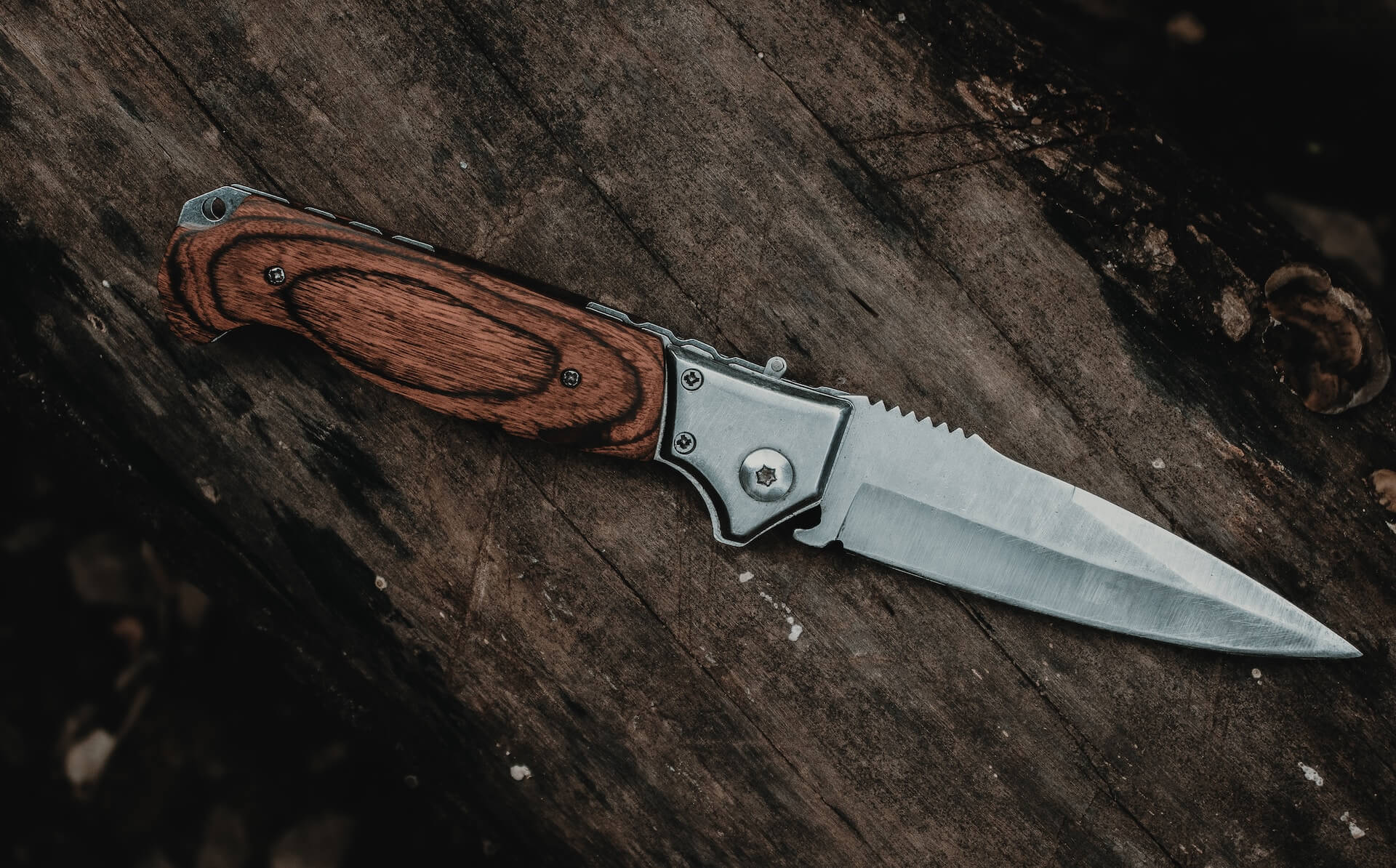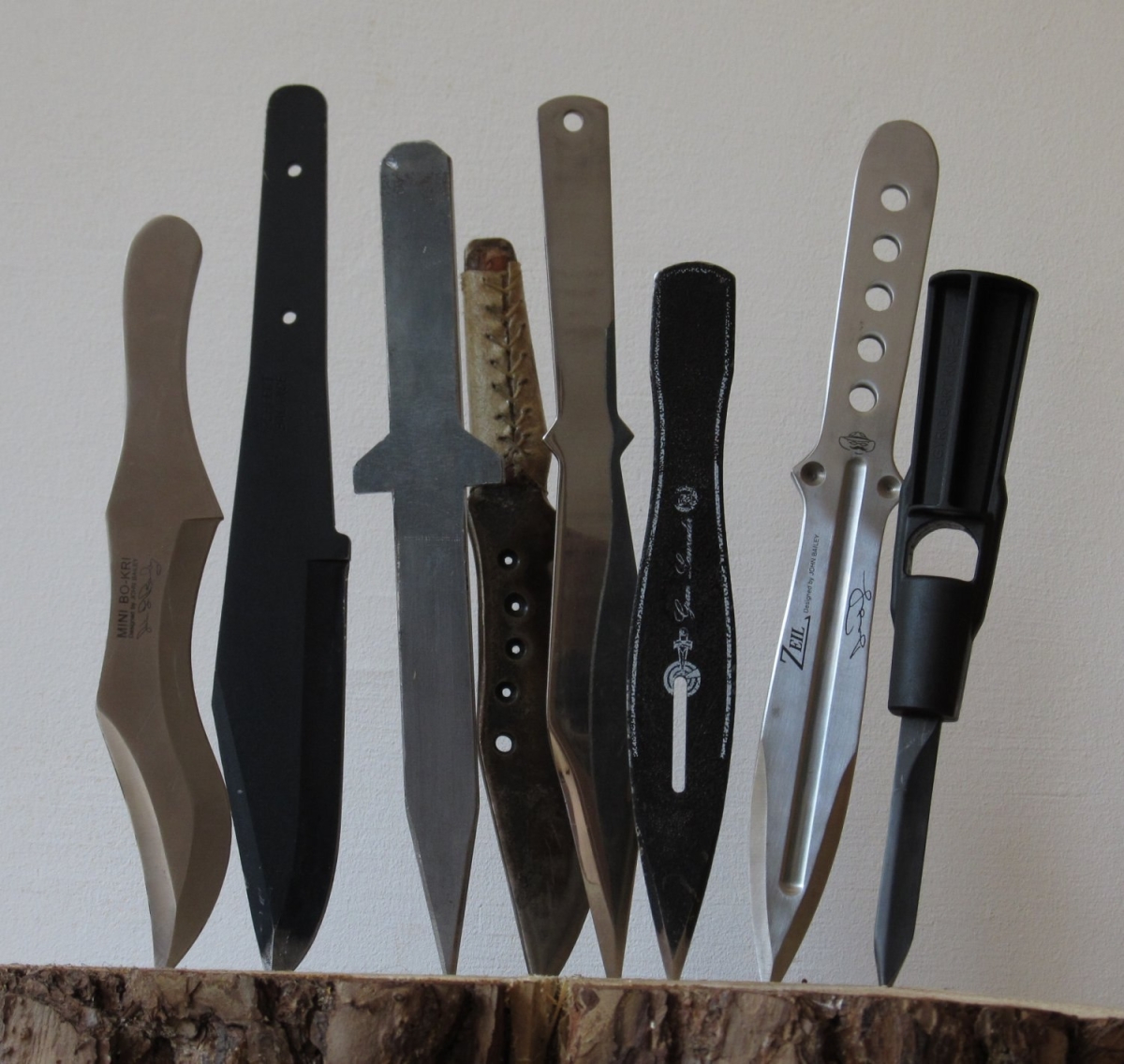By Super Admin - 17 March 2023
The Benefits of Using Button Lock Knives
Discover the top benefits of using button-lock knives for everyday carry. Learn how they provide easy one-handed operation and enhanced safety features.

Button lock knives are a famous type of locking knife that is acknowledged for their handy and easy-to-use mechanism. As the call shows, these knives feature a button on the manager that you want to press down to unencumber the blade and close it. This simple but powerful layout makes button lock knives a fave among many knife fanatics, as they can be speedy and effortlessly deployed with one hand. As a normal bring (EDC) fanatic, finding the right knife to your day-by-day wishes is vital. One type of knife that has gained recognition in recent years is the button lock knife. We will take a better examination of what button lock knives are, their advantages and disadvantages, and the way to pick the right one for you. In this article, we'll discover the functions and blessings of button-lock knives in more detail, in addition to offering some examples of remarkable button-lock knives that might be to be had in the marketplace. Button lock knives are folding knives that use a mechanism that locks the blade in the region with a button. The button is typically located on the cope and is pressed to free up the blade, allowing it to be folded lower back into the manage. The button lock mechanism was first patented in 1984 by Michael Walker, an American knife maker. His layout became known as the Walker Linerlock and turned into used in his custom knives. In 1996, the primary production button lock knife was brought via Benchmade a main knife manufacturer. A regular button lock knife consists of the following parts: ● Blade: The cutting edge of the knife. ● Handle: The part of the knife that is held at some point of use. ● Button: The mechanism that locks and unlocks the blade. ● Lock bar: The part of the deal that engages with the blade to fasten it in the vicinity. ● Pivot: The factor in which the blade and cope are related and permit the knife to open and close. This is one of the maximum common varieties of locking knives. It features a thin metal liner within the take care of that locks the blade in the vicinity whilst it's opened. The liner is commonly product of stainless steel, and it is held in place with the aid of a spring. To unlock the blade, you need to press down on the liner and circulate the blade back into the take care of. This sort of locking knife has a frame that acts as a lock. The body is commonly fabricated from stainless steel, and it is formed like a " C." When the blade is opened, the body moves at the back of the blade, locking it in location. To unencumber the blade, you need to transport the frame again to its authentic position. This locking mechanism is placed behind the knife take care of. When the blade is opened, a steel bar snaps into the vicinity at the back of the blade, locking it in place. To liberate the blade, you want to press down on the bar and circulate the blade returned into the handle. This sort of locking knife makes use of a mechanism that is much like a barbell. There are bars on either side of the blade, and they pivot around an axis. When the blade is opened, the bars move into the vicinity, locking the blade in the vicinity. To free up the blade, you want to transport the bars far away from the blade. This kind of locking knife has a button at the deal that you want to press down to unencumber the blade. The button is commonly located near the bottom of the blade, and it is held in location by using a spring. When you press down the button, the blade is launched and can be closed. This locking mechanism is just like the lining lock, however, it uses a one-of-a-kind sort of spring. When the blade is opened, a small piece of metal moves into the vicinity, locking the blade in location. To unlock the blade, you want to press down on the piece of metallic and circulate the blade again into the handle. One of the largest advantages of button lock knives is their ease of use. The mechanism lets in for short and smooth one-surpassed starting and last of the blade, making them a first-rate choice for people who need to use their other hand for any other venture. Button lock knives are regarded for their sturdy lockup, which means that the blade is securely held in the vicinity whilst opened. This makes them a safer option than other varieties of folding knives which can have a looser lockup. Button lock knives are built to remain. The locking mechanism is usually made from strong materials along with metallic or titanium, and the deal with and blades are also fabricated from fantastic materials. Button lock knives are greater complex than different types of folding knives, which means that they may be more difficult to repair or maintain. The mechanism can also be extra vulnerable to failure if no longer properly cared for. Button lock knives are regularly greater pricey than exceptional kinds of folding knives because of their advanced mechanism and outstanding manufacturing. In some jurisdictions, button lock knives can be considered illegal to hold, so it's miles critical to check nearby laws earlier than wearing one. In the end, locking knives are an important tool for lots of outside enthusiasts, hunters, and everyday users. Whether you want a dependable knife for tenting, hiking, or normal use, there are huge kinds of locking knives to pick from, every with its own specific set of functions and blessings. Button lock knives, mainly, offer an easy and intuitive locking mechanism that can be effortlessly operated with one hand, making them a fantastic desire for folks who want a brief and smooth-to-use knife. With so many notable button lock knives available on the market in recent times, it is easy to find a knife that meets your unique desires and options. No reliance on which sort of locking knife you pick out, making funding in a high-quality, dependable knife is usually a clever choice to provide you with years of being the reliable issuer.BButton Lock Knives: An In-Depth Guide to the Ultimate EDC Tool
Button lock knives

What are Button Lock Knives?
History
Button lock knife
Anatomy of a Button Lock Knife
6 Common Types of Locking Knives Explained
1. Liner Lock
2. Frame Lock
3. Back Lock
4. Axis Lock
5. Button Lock
6. Compression Lock

Advantages of Button Lock Knives
One-Handed Operation
Button lock knives
Secure Lockup
Durable Construction
Disadvantages of Button Lock Knives
Complexity
Cost
Legal Restrictions
Conclusion
You might also like

10 Ways to Carry a Fixed Blade Knife
By Super Admin - 20 October 2023
Discover expert tips for safely and stylishly carrying a fixed-blade knife with our top 10 methods. Whether you're an outdoor enthusiast or a daily carrier, find the perfect way to keep your trusted tool by your side.

How to Sharpen a Hunting Knife: A Comprehensive Guide
By Super Admin - 9 October 2023
Learn the art of sharpening a hunting knife like a pro with our expert tips and comprehensive guide. Keep your blade in top-notch condition.

Best Throwing Knives for Survival in 2023
By Super Admin - 6 October 2023
Discover the top throwing knives for survival in 2023 - expert reviews and buying guide. Equip yourself for ultimate survival!

Best 308 Hunting Rifle under $1000
By Super Admin - 3 October 2023
Discover the best .308 hunting rifles under $1000 in our comprehensive guide. Find your ideal firearm for the hunt today!
Baramdat - AI-Powered Platform for Exporters & Buyers
Revolutionizing global trade with intelligent tools for exporters and buyers. Exporters can easily list products, manage inventory, generate invoices, and promote their business worldwide — all in one place. Buyers can explore verified exporters, compare products, and connect directly via SMS, phone, WhatsApp, or email.
Powered by Muawin – Your AI Assistant, Baramdat helps both exporters and buyers trade smarter, faster, and more efficiently.
Haven’t experienced the power of Baramdat yet?
Join Free Now